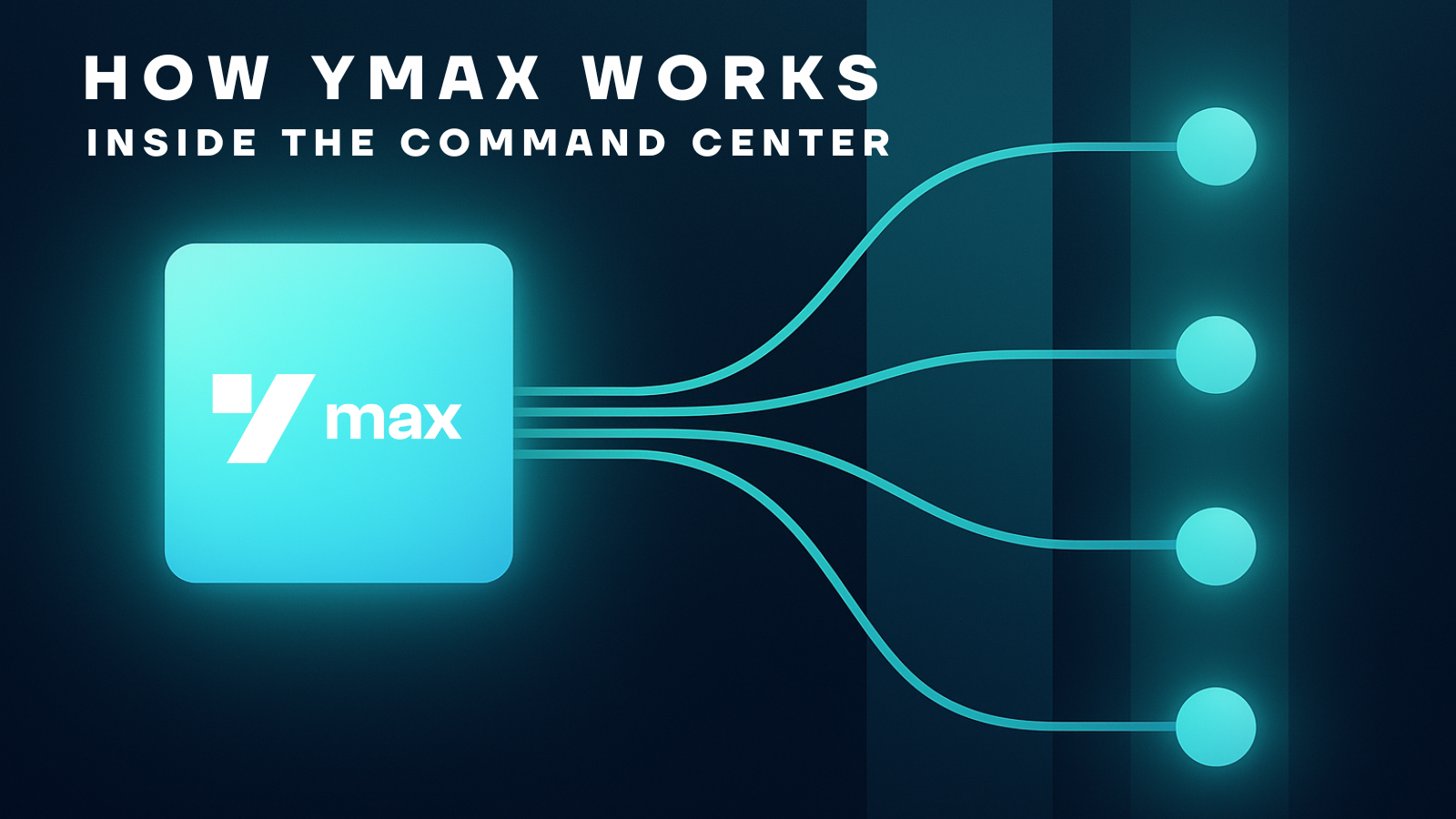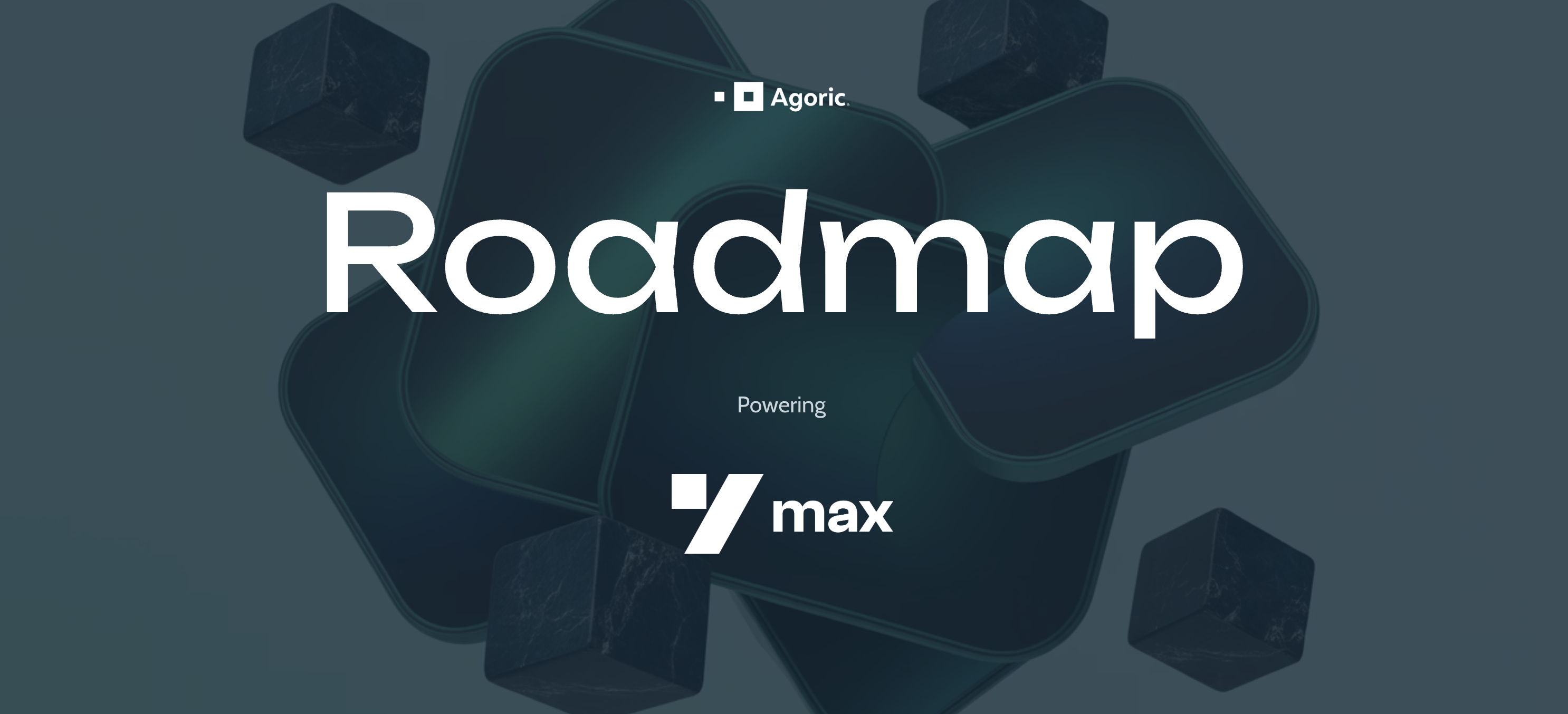Despite being so young, the DeFi ecosystem has rapidly matured. We’ve gone from single staking contracts to entire chains filled with yield strategies, bridges, bots, dashboards, and vaults. But for all the innovation, the day-to-day experience of managing capital on-chain still feels fragmented, inefficient, and frustrating.
If you’ve tried to move serious capital around in DeFi, you know the drill: spreadsheets to track vaults, Telegram groups for alpha tips, multiple wallets to segregate risk, and an ever-growing number of browser tabs. So many tabs. An unreasonable amount of tabs. Just to rotate stablecoins between protocols on different chains, you’re signing five transactions across three interfaces—hoping none of them fail.
For an industry built on automation, DeFi still runs on manual effort.
The Missing Layer: Intent-Based Automation
Today, most DeFi tools offer slices of functionality—single-chain vaults, portfolio viewers, or protocol-specific bots. But few systems treat your portfolio like a living system. That’s the gap.
The challenge isn’t yield. It’s the orchestration of capital: the ability to act on strategy, instantly and reliably, without jumping through a dozen brittle steps. What’s missing is a way to take high-level intent—“deploy $10K into the highest-yielding stablecoin vaults with gas under $50”—and have the system just do it. That’s what the next generation of DeFi products need to solve.
From Tools to a Capital Command Center
Instead of a patchwork of dashboards and bots, users need something more cohesive: a command center for on-chain capital. One that understands context, manages execution across chains, and makes every action traceable and explainable.
Imagine:
Moving assets from Ethereum to Arbitrum and deploying into three vaults—with one signature
Automating rebalances when APY drops below a threshold—with transparent, adjustable logic
Viewing your multichain portfolio in one place—without juggling five UIs
This kind of control doesn’t come from abstraction for the sake of simplicity alone but requires translating strategic intent into real execution quickly, safely, and repeatably.
Capital That Behaves the Way You Want
What many users actually want isn’t a list of APYs—it’s programmable behavior.
“Bridge and stake every Friday.”
“Exit if vault risk exceeds X.”
“Allocate 50% to passive, 50% to active strategies.”
Most DeFi platforms aren’t built to support that level of nuance. They’re built to show yields or track balances. But as capital scales and institutional players enter, DeFi needs to support structured behavior, not just isolated actions.
This doesn’t mean black-box automation. It means clear, pre-signature previews. Transparent logic. Systems you can override or pause anytime. Tools that surface opportunities and explain what they’re doing with your capital.
The Platform Gap That’s Holding DeFi Back
What DeFi lacks isn’t more protocols—it’s a unified way to use them. Most of the tooling today was built in silos: single-chain dashboards, isolated vaults, protocol-specific interfaces. They work well—for exactly one thing at a time. But the moment a user wants to coordinate across chains, strategies, or time horizons, the experience breaks down into manual steps, scripting workarounds, or not acting at all.
This fragmentation has a real cost. Capital gets stuck. Opportunities expire. Risk piles up. And serious users—who should be leading the next phase of DeFi growth—end up managing portfolios with spreadsheets and Discord messages.
What’s missing is a layer for capital mobility and yield.
A shared foundation for planning, executing, and adapting strategies across protocols
A standard interface for capital operations, regardless of chain
A system that treats execution as a product, not an afterthought
That’s the shift underway. From individual tools to integrated systems. From bots and bridges to full-stack capital management platforms. Not to simplify DeFi down to a button, but to build the kinds of workflows that advanced users need and new users can trust. They don’t need another chain, vault, or dashboard. Power users need a capital command center. A single place to plan, execute, and automate yield across all ecosystems. Something built for capital operators, not devs
We’re gearing up for our testnet launch, focusing on USDC as a core asset for orchestrated, cross-chain yield deployment. If you want to be among the first to experience a new way to manage on-chain capital, join our Discord server for the latest on Ymax.



